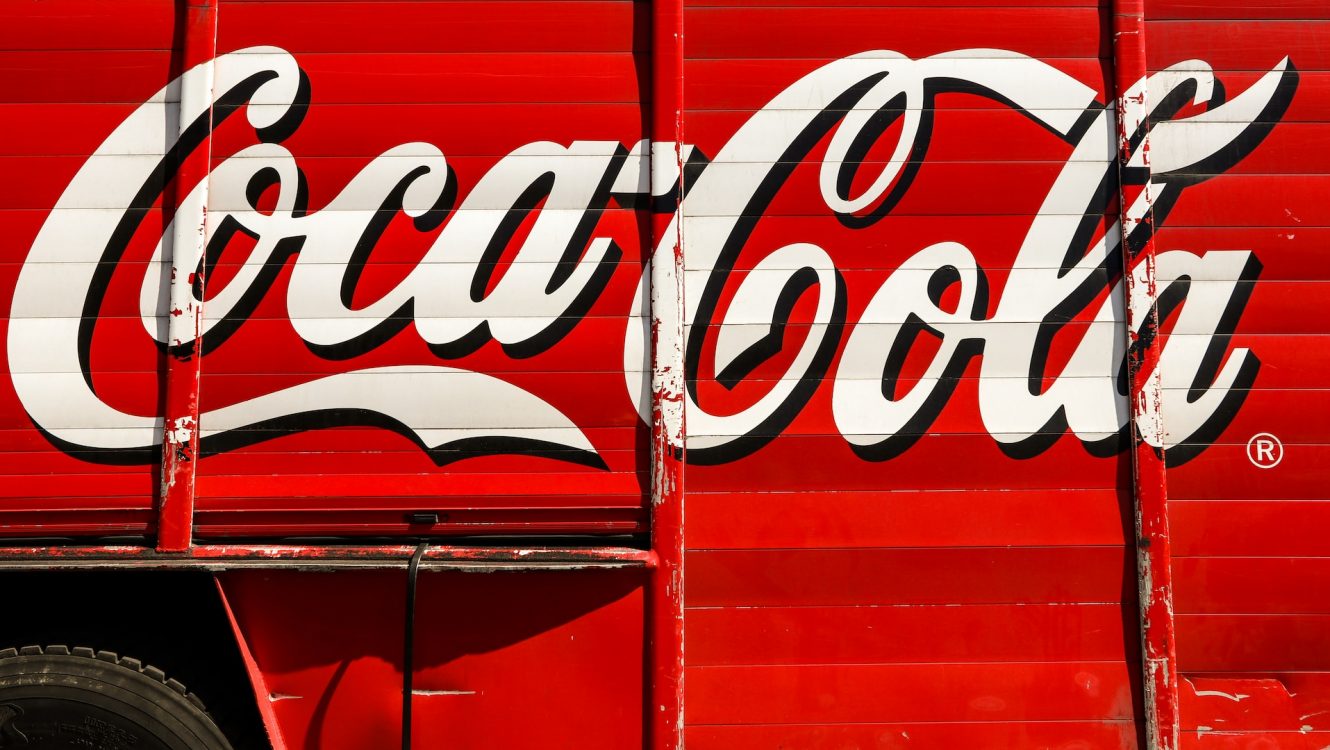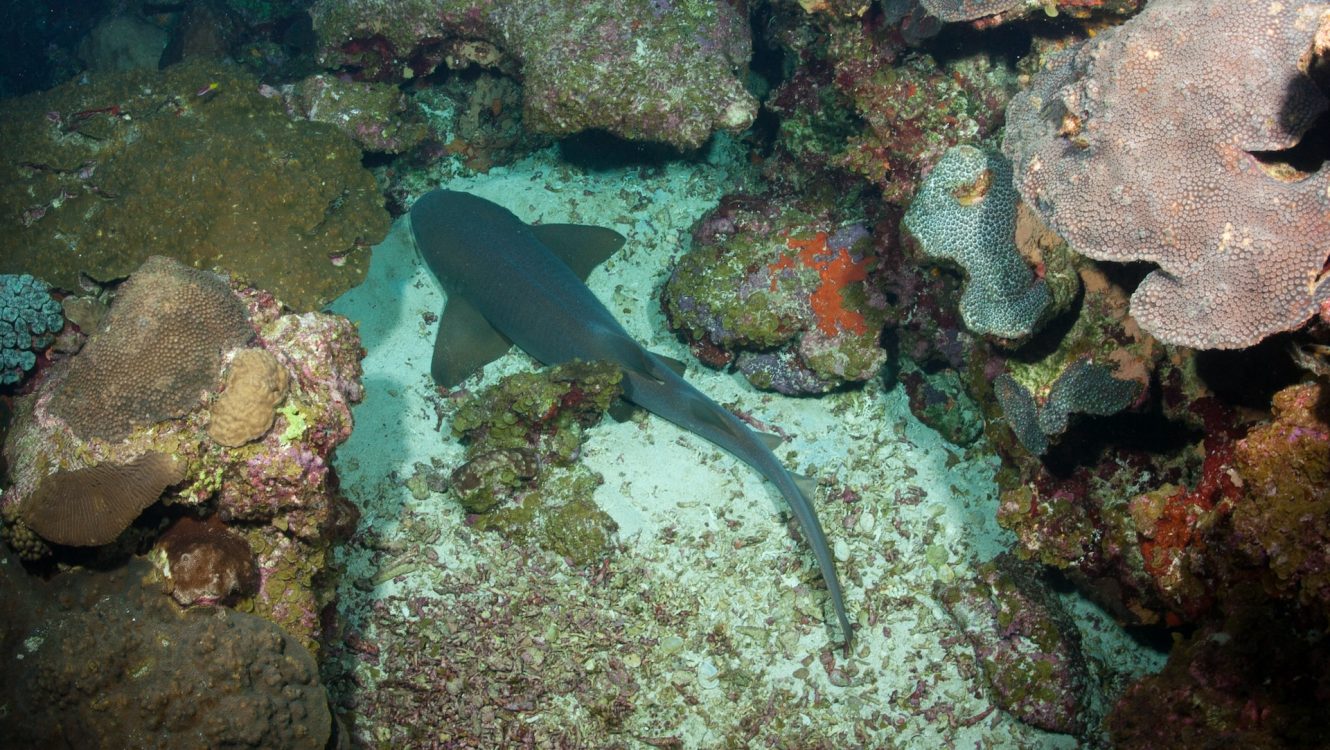EU Urged to Lead the Charge Towards Fossil Fuel-Free Transport
Amid rising global concerns about climate change, transportation stands out as both a significant problem and a potential solution. As the backbone of the world’s economies, our transport networks are also among the major culprits of greenhouse gas emissions, causing irreversible damage to our planet.
Growing Threat from Transportation
Globally, transportation contributes to over 20% of all carbon emissions. If left unchecked, this figure is set to surge to 40% within the next decade. This alarming trajectory underscores the urgency of integrating clean transport into global climate agendas. Yet, shockingly, the forthcoming UN climate summit, Cop28, in Dubai seems to have overlooked this crucial issue.
EU at the Crossroads
Given the pressing global urgency, it’s high time the European Union takes a pioneering role in this matter. Not just for its own transportation system, which significantly contributes to the region’s carbon footprint, but to pave the way for global transitions away from fossil fuel-dependent vehicles.
In the EU, road transport alone is responsible for nearly one-fifth of all greenhouse gas emissions, and this figure is on the rise. Especially concerning is the fact that heavy-duty vehicles, such as trucks, buses, and vans, which make up a meager 2% of road traffic, contribute to 28% of these emissions.
A Litmus Test for Europe’s Green Ambitions
The forthcoming EU Council of Environment Ministers’ meeting could be a game-changer. They’re slated to deliberate on new emission benchmarks for vehicles and set the tone for the EU’s stance at the Dubai climate conference. This serves as an essential test for the recently-appointed EU Commissioner for Climate, Maroš Šefčovič. Can he ensure that the ambitious EU Green Deal translates into actionable targets, especially in the currently lagging transport sector?

Moreover, despite the urgent need, a global initiative focusing on diminishing fossil fuel reliance in the transportation domain is conspicuously missing from international climate negotiations.
Charting the Path Forward
For the world to stand a chance at limiting global warming to 1.5C, a holistic mobility strategy is imperative. This would entail:
- Electrification of Vehicles: All new global vehicle sales need to transition to electric. The timeline? Buses, and two/three-wheelers by 2030; cars by 2035; and trucks by 2040 at the latest. Translated to EU targets, this means phasing out sales of new trucks and buses with combustion engines by 2035, given the average 15-18 year lifespan of these vehicles. The proposed CO2 reduction for trucks, although aggressive, still doesn’t align with Europe’s broader climate goals. The onus may thus fall on the European Parliament to introduce a more stringent clean vehicle directive later this year.
- Rethinking Urban Mobility: The trend of vehicular travel needs a pivot. Governments should emphasize a shift to greener modes like electric public transport, walking, cycling, and other forms of micro-mobility. Constructing dedicated cycling lanes, improving the quality of public transport, and more intelligent city planning can significantly reduce dependence on cars. With the EU’s motorization rate witnessing an 18% increase from 2010-2020, a change in approach is overdue.
- Greening the Grid: Lastly, as transport becomes more electric, the electricity grid’s green quotient becomes pivotal. A tripling of renewable energy contributions by 2030 is vital, coupled with efforts to decarbonize the entire grid.
The EU’s Critical Role
The upcoming Cop28 presents a timely platform for the EU to champion a global shift towards cleaner transport. Simultaneously, there’s an intrinsic need for the EU to introspect and align its regional policies with these global ambitions. The upcoming EU Environment Council’s decisions could set the tone for a greener, more sustainable future — the world watches with bated breath.
©globalgreenhouse.eu








